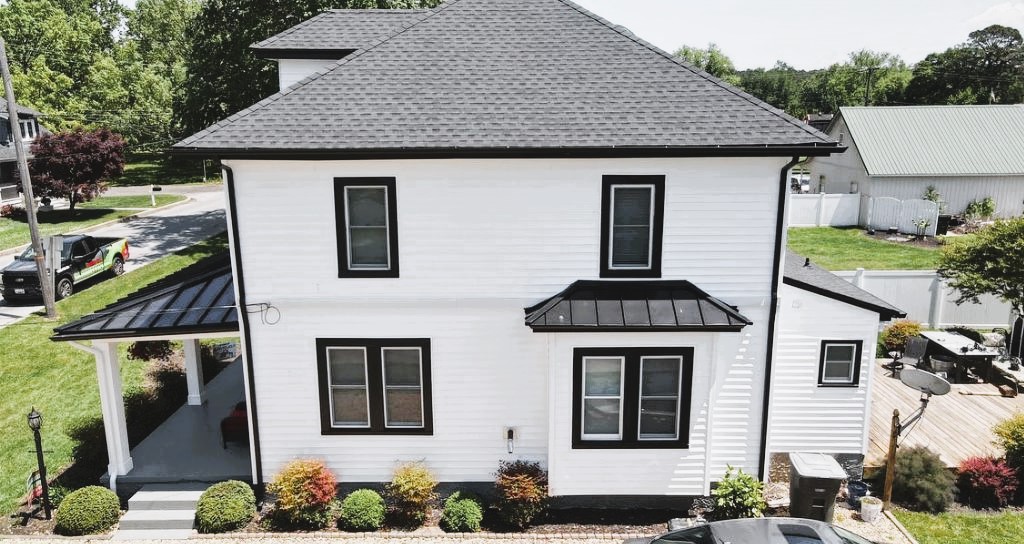As a responsible homeowner in Parksville, Canada, conducting regular window inspections is essential to ensure the energy efficiency, functionality, and overall condition of your windows. DIY window inspections can help you identify potential issues early on and take proactive measures to maintain your windows properly. In this article, we will provide you with valuable tips for conducting a DIY window inspection in your Parksville home.
1. Exterior Examination
Start your DIY window inspection by examining the exterior of your windows. Check for any signs of damage, such as cracks, chips, or rotting wood. Look for gaps around the window frame and between the frame and the siding. Properly sealed and weather-resistant windows are crucial for preventing energy loss and water infiltration.
2. Check Window Operation
Test the operation of each window in your home. Open and close them to ensure they move smoothly without sticking or making unusual noises. If you have sliding windows, make sure they glide along the tracks effortlessly. Any difficulty in opening or closing windows could indicate issues with the hardware or alignment.
3. Inspect Window Seals

Inspect the window seals for signs of wear and tear. Damaged or deteriorating seals can lead to drafts and air leakage, affecting the energy efficiency of your home. If you notice any gaps or cracks in the seals, consider resealing or caulking the windows to maintain a tight seal.
4. Check for Condensation
Condensation between window panes is a sign of seal failure in double or triple-glazed windows. This can lead to reduced insulation properties and decreased energy efficiency. If you notice condensation, consider replacing the affected window or seeking professional assistance.
5. Assess Window Frames
Inspect the window frames for any signs of damage, moisture, or rot. Wooden frames, in particular, are susceptible to rotting over time, especially in wet climates like Parksville. Address any issues promptly to prevent further damage and ensure the longevity of your windows.
6. Examine Window Hardware
Check the window hardware, including locks, latches, and handles. Ensure that they are in good working condition and securely fasten the windows when closed. Faulty hardware can compromise security and lead to energy loss through poor sealing. Thinking about doing a home inspection? We have prepared for you the top 10 best companies.
7. Test for Air Leaks
On a windy day, use a candle or a feather to detect air leaks around your windows. Hold the candle or feather close to the window frame and observe any flickering motion, indicating air infiltration. Identifying air leaks can help you seal the windows effectively to prevent energy loss.
8. Clean and Maintain
Regularly clean your windows inside and out to remove dirt, dust, and debris. Clean windows not only enhance the appearance of your home but also allow you to inspect them more effectively. Additionally, clean windows improve natural light intake and visibility.

9. Consider Energy-Efficient Upgrades
Based on your DIY window inspection findings, consider energy-efficient upgrades for your windows. Installing weatherstripping, using window films, or adding thermal curtains can enhance insulation and improve energy efficiency.
Conclusion
Conducting a DIY window inspection is a proactive approach to maintaining the energy efficiency and condition of your windows in Parksville. By examining the exterior, checking window operation, inspecting seals, and assessing frames, hardware, and potential air leaks, you can identify issues early and take appropriate actions to keep your windows in optimal condition. You can read more about this topic at www.wikipedia.org
Regular DIY window inspections, combined with professional inspections as needed, can contribute to a more energy-efficient and comfortable living space in your Parksville home.



